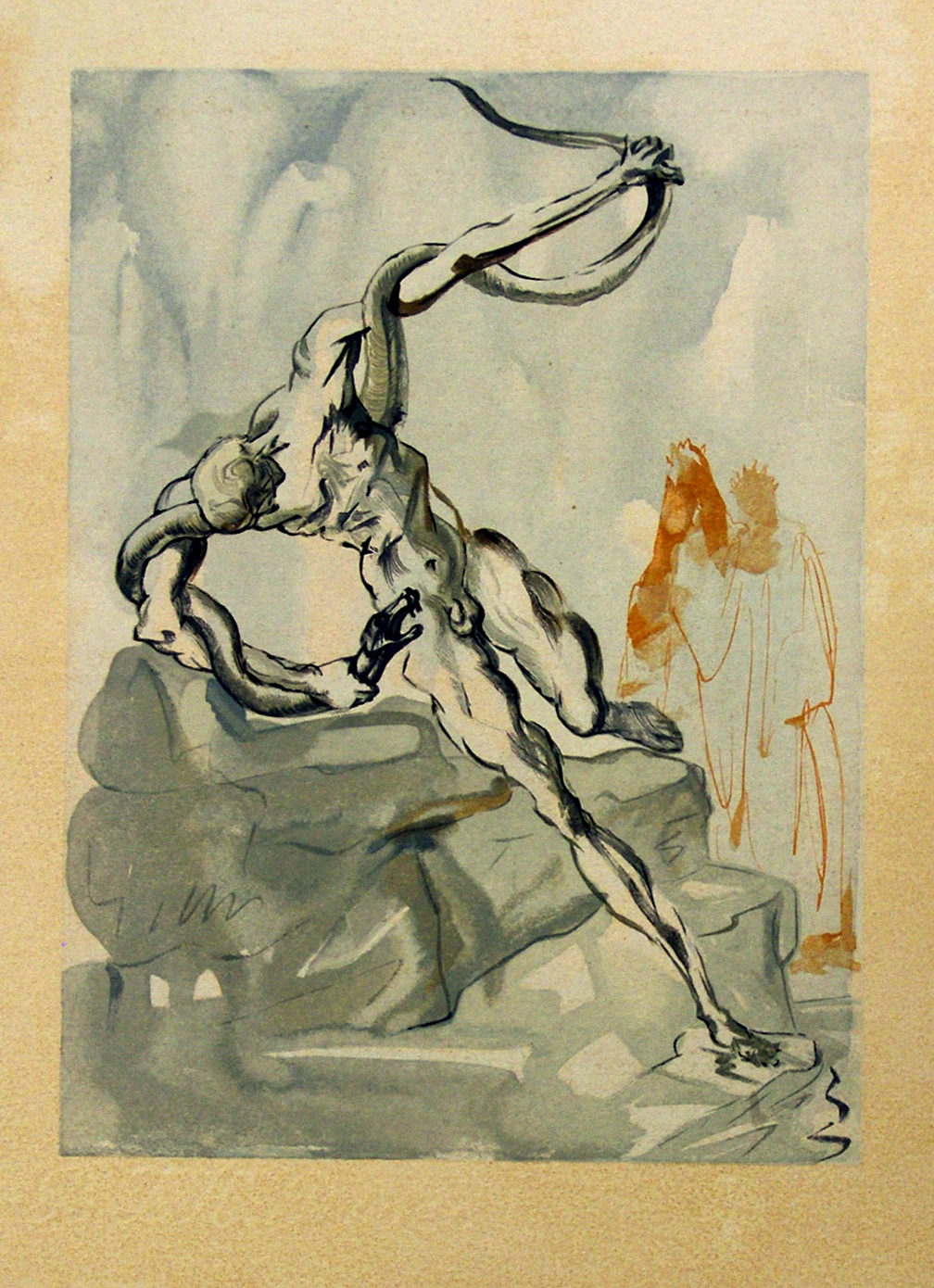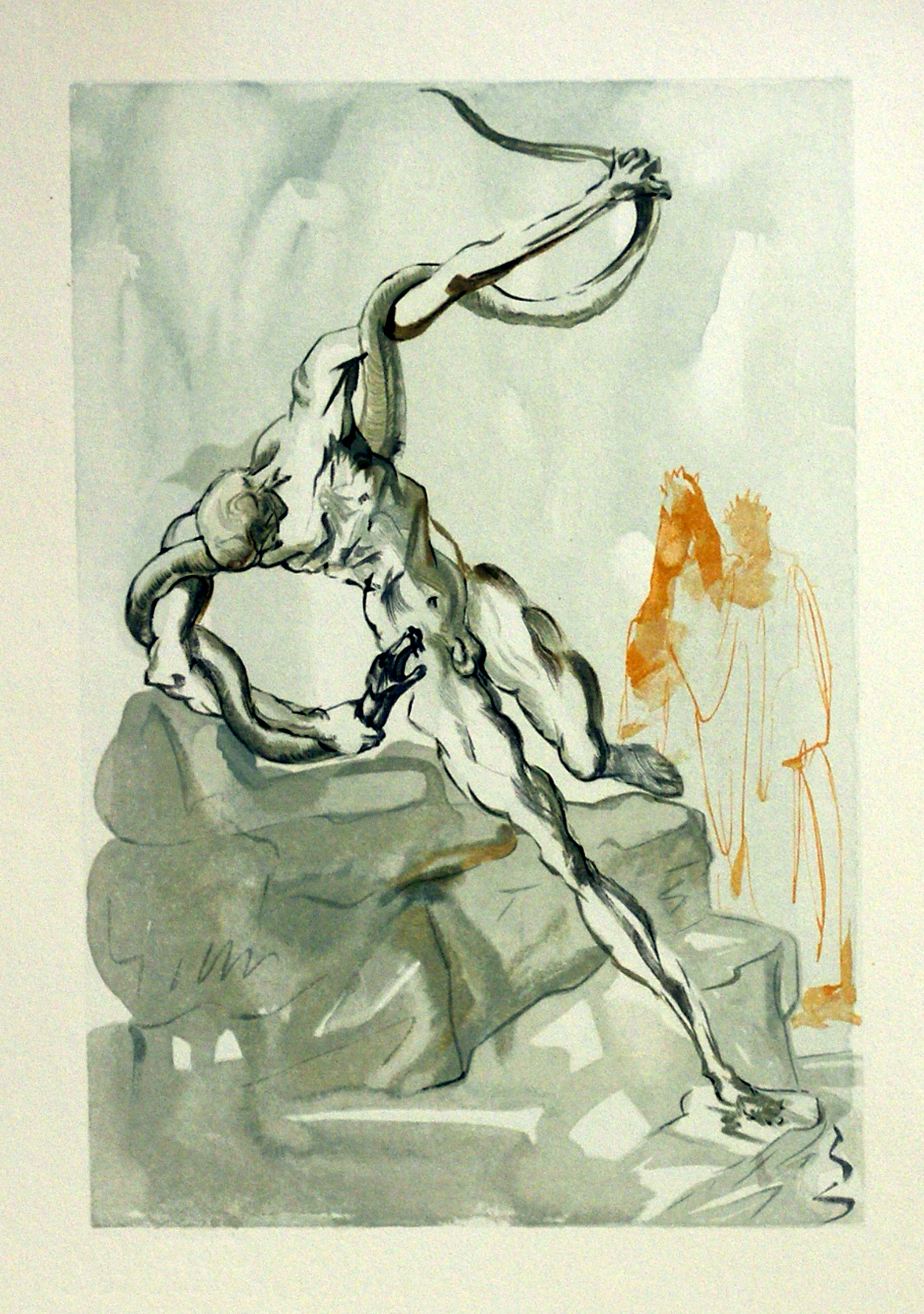

Conservation exists in order to ensure that art and cultural treasures will continue to survive for as long as possible, and as close to their original appearance as possible. There are many coinciding conservatorial views on how to achieve the same ends, and at Poster Mountain we practice a simplistic, well-educated approach toward paper conservation. Each piece of art taken in is considered individually, and as each cleaning and treatment involves some risk, the benefits of undergoing conservation treatment must outweigh the inherent risks for the piece.
Poster Mountain has made significant advances in conservation focused paper resizing. The best way to safely and quickly neutralize acidity and dissolve the impurities that can accumulate in paper is to treat it to a thorough and gentle wash. Washing paper allows the fibers to swell open, dislodging impurities, neutralizing acidity, and removing the old sizing. Size that may be contributing to the advanced aging and discoloration that affects much of the mass manufactured paper created after 1850.
Paper sizing is added to the internal structure of paper; it reduces the paper's ability to absorb liquid, allowing inks and paints to remain on the surface and dry there rather than be absorbed in the paper. First recorded in the 1st century C.E., sizing has always been an additive in mass paper production. Starches, animal glues, gelatin, and most recently (and to paper’s detriment) rosin and alum have all been used.
From the 15th until the beginning of the 19th centuries, gelatin was the chief sizing agent in most European paper mills. Comparatively, modern papers tend to age poorly; they discolor and become brittle much more quickly than papers created prior to the mass introduction of rosin and alum into paper. Unlike gelatin, the alum/rosin blend of sizing has a low (acidic) ph, significantly increasing acidity and the general breakdown of paper, and unfortunately its use continued until the 1980's.
Poster Mountain has developed a unique system of reintroducing gelatin size into the internal structure of paper. Using laboratory grade gelatin at the proper temperature and alkalinity, liquid gelatin is applied to the paper and allowed to cool for at least 24 hours. The result is a paper that needs no backing, exhibits improved fold, tearing and breaking strength, and recent studies have shown that gelatin helps to retard chemical degradation. As with all of our conservation treatments, gelatin sizing is easily reversed with water.

Control of temperature and relative humidity is essential in preserving and extending the life of paper. It is recommended that a stable temperature no higher than 70°F and a stable relative humidity between a minimum of 30% and a maximum of 50% be observed at all times. Fluctuations in these numbers are also damaging, so appropriate climate controls should be maintained year-round.
Exposure to UV light accelerates the crystallizing of paper’s cellulose chains, causing premature stiffness, brittleness and discoloration. It will also cause inks, dyes and paints to fade and discolor. If materials are going to be displayed, UV filtering plexi should cover the piece, and low, incandescent light sources are recommended. Never place artwork of any kind in direct sunlight.
Good air quality is another important factor to the lifespan of paper. Gaseous contaminants in the air such as nitrogen dioxide (car exhaust), ozone, and cigarette smoke can cause harmful reactions that can lead to the formation of acid in paper. The soot and smoke left behind by poor air quality will disfigure paper materials irreparably. Keeping paper materials in a clean air environment will help ensure their safety.
If paper materials are being kept in long term storage, it is recommended that they be placed at least 6 inches above ground in a cold, dark, regularly monitored environment. When taking materials out of long-term cold storage, a gradual acclimation to regular temperature is recommended, so as to avoid possible accumulation of condensation.
Proper care, preservation, conservation, storage and/or framing can significantly extend the life of your artwork. The services offered by Poster Mountain are tailored to meet the needs of all levels of collector, and we take pride in respecting and fostering the longevity of your artwork.

|

|
Before and after photo of Salvador Dali engraving.
The Punishment of Vanni Fucci from The Divine Comedy series by Salvador Dali, 1963
Wood engraving on paper
13" x 10 1/3"
Piece was de-acidified in a water bath, lightened with a bleaching technique and re-sized with gelatin.






